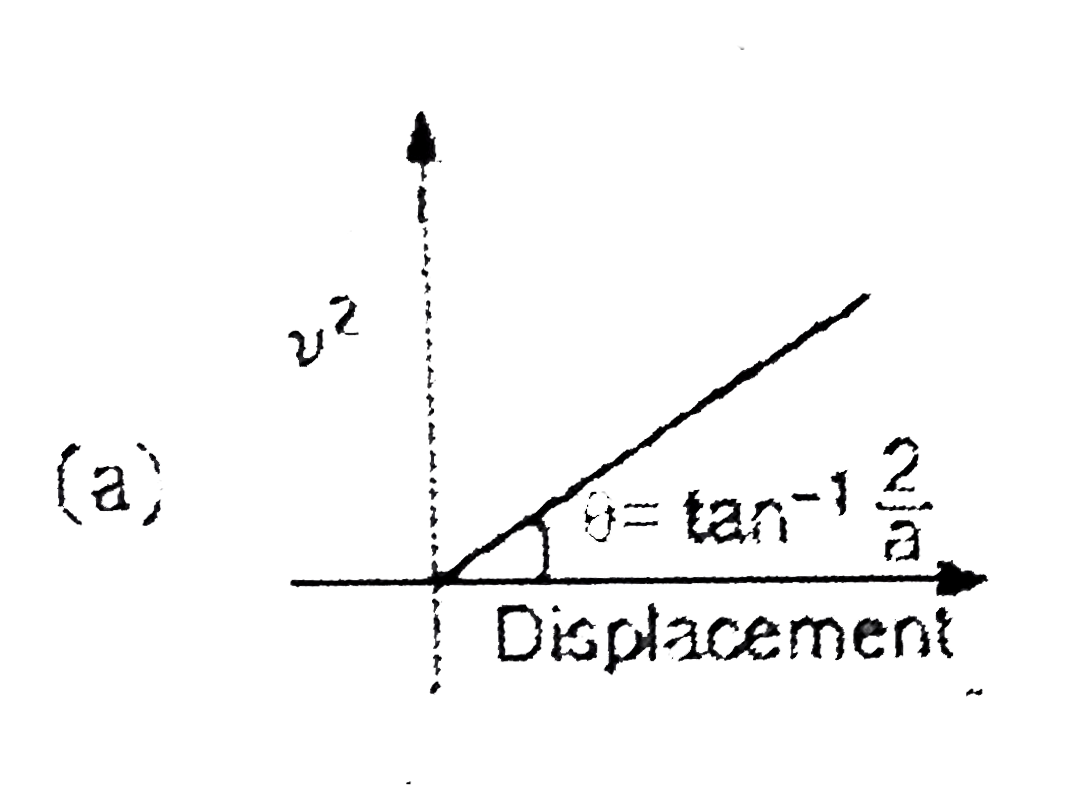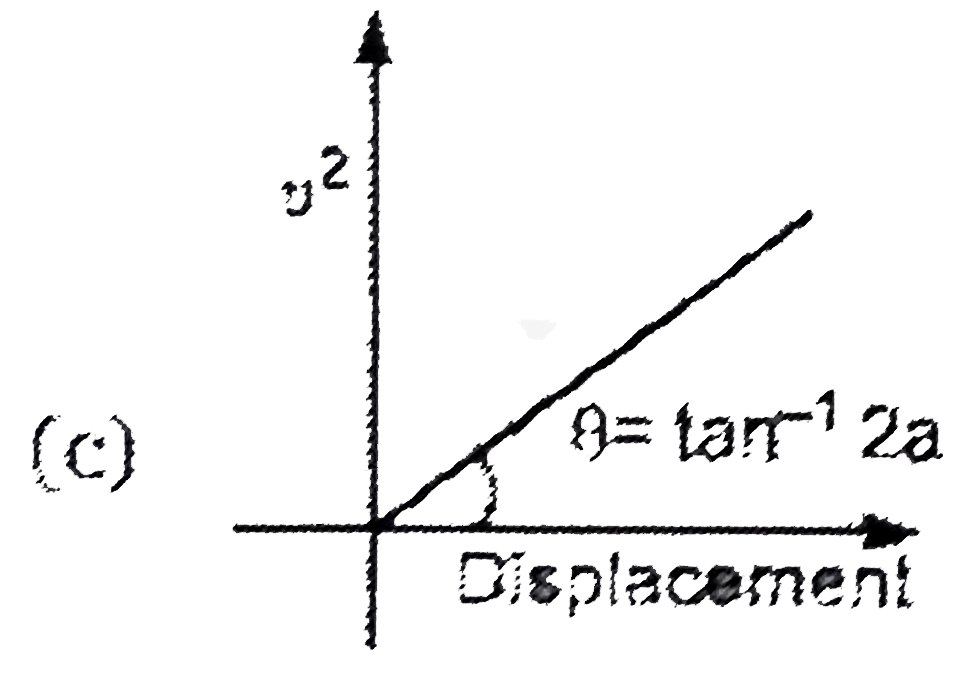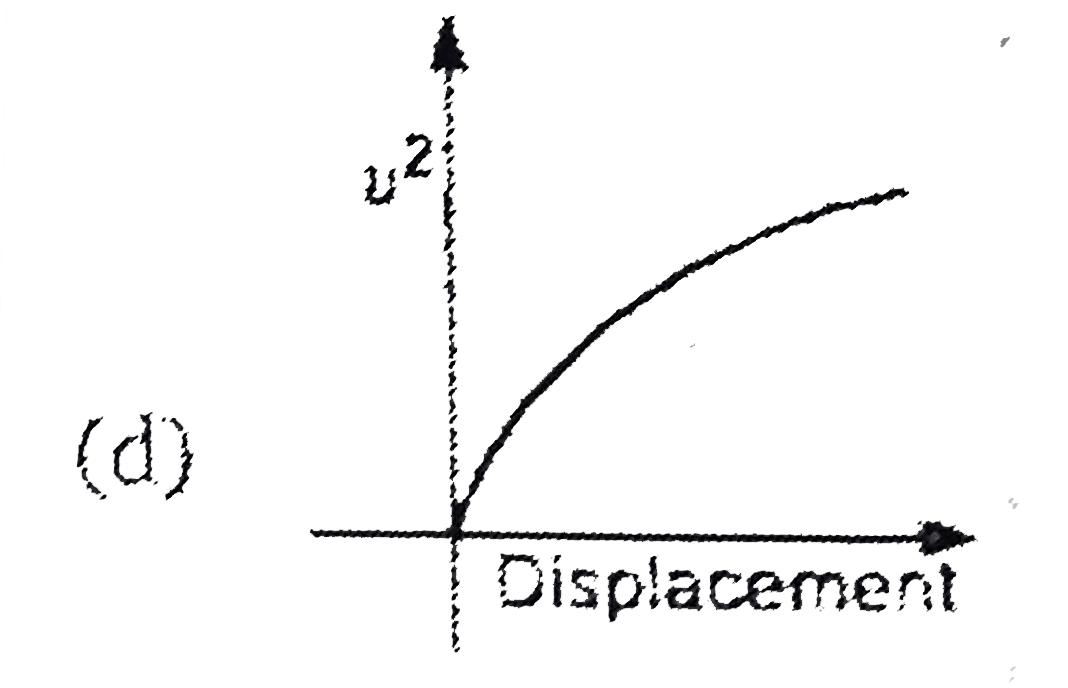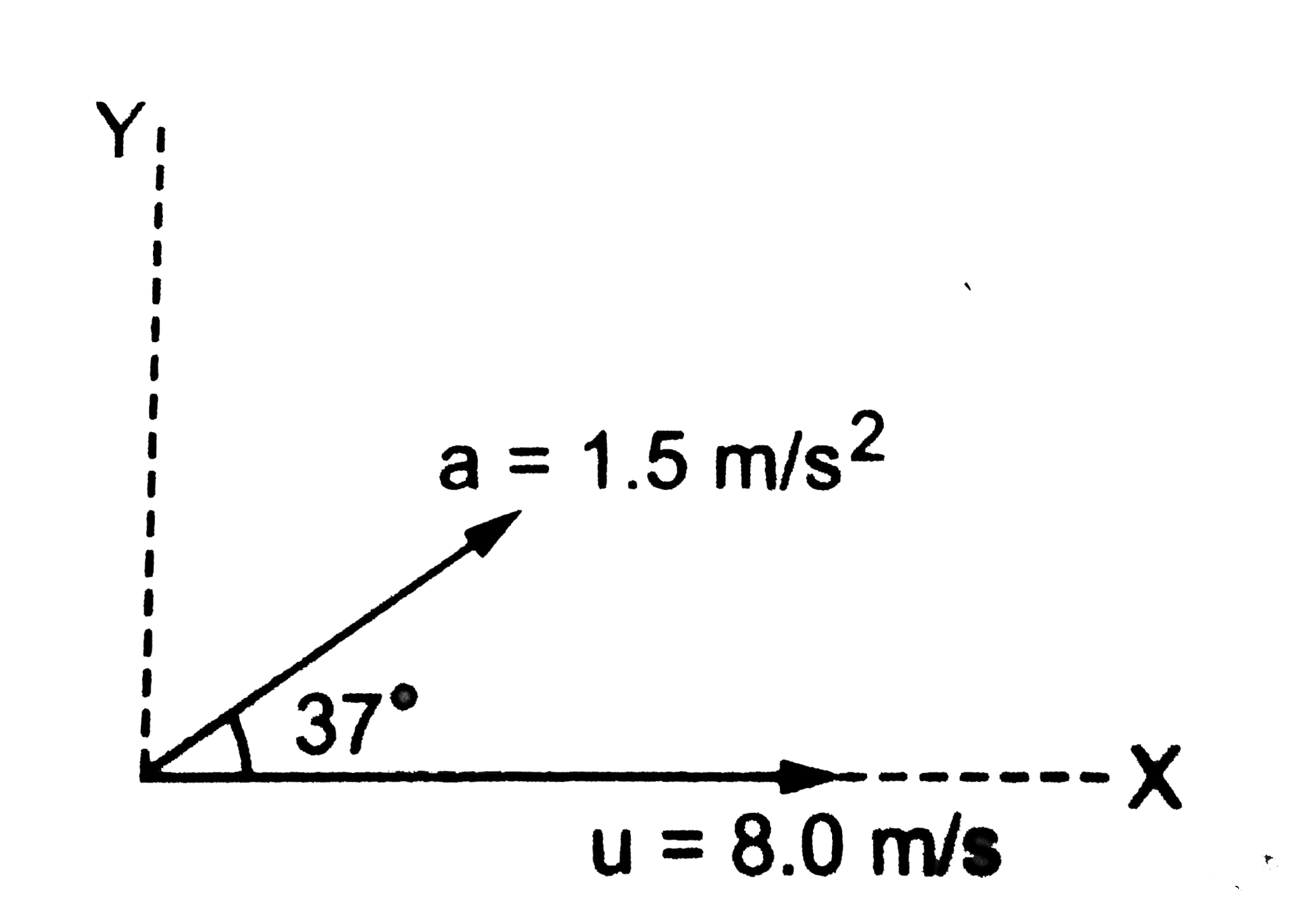A particle moves in the plane x y with constant acceleration a directed along the negative y-axis. The equation of motion of the particle has the form y=k1x−k2x2, where k1 and k2 are positive constants. Find the velocity of the particle at the origin of coordinates.
The correct Answer is:[√(k21+1)a2k2]
Step by step video, text & image solution for A particle moves in the plane x y with constant acceleration a directed along the negative y-axis. The equation of motion of the particle has the form y = k_(1)x-k_(2)x^(2), where k_(1) and k_(2) are positive constants. Find the velocity of the particle at the origin of coordinates. by Physics experts to help you in doubts & scoring excellent marks in Class 11 exams.
Updated on:21/07/2023Topper's Solved these Questions
- KINEMATICSBOOK - PHYSICS GALAXY - ASHISH ARORACHAPTER - KINEMATICSEXERCISE - Advance MCQs with One or More Options Correct
17 Videos
- GRAVITATIONBOOK - PHYSICS GALAXY - ASHISH ARORACHAPTER - GRAVITATIONEXERCISE - Unsolved Numerical
94 Videos
- LINEAR MOMENTUM & ITS CONSERVATIONBOOK - PHYSICS GALAXY - ASHISH ARORACHAPTER - LINEAR MOMENTUM & ITS CONSERVATIONEXERCISE - exercise 1.3
3 Videos
Similar Questions
A particle moves in the plane xy with constant acceleration a directed along the negative y-axis. The equaiton of motion of the particle has the form y=px−qx2 where p and q are positive constants. Find the velocity of the particle at the origin of corrdinates.
View SolutionA particle moves in the plane xy with constant acceleration 'a' directed along the negative y-axis. The equation of motion of the particle has the form y=px−qx2 where p and q are positive constants. Find the velocity of the particle at the origin of co-ordinates.
View Solution
Knowledge Check
A particle moves in the XY-plane according to the law x=kt,y=kt(1−αt), where k and α are positive constants and t is time. The trajectory of the particle is
Ay=kxBy=x−αx2kCy=−ax2kDy=αxA particle moves with constant acceleration a in the positive x-axis. At t=0 the particle is at origin is at rest , then correct graph between (velocity)2 and displacement is :
A B
B C
C D
D
A particle moves in the xy plane with a constant acceleration ω directed along the negative y-axis. The equation of motion of particle has the form y=cx−dx2, where c and d are positive constants. Find the velocity of the particle at the origin of coordinates.
View SolutionA particle moves in the plane xy with constant acceleration 'a' directed along the negative y-axis. The equation of motion of the particle has the form y=px−qx2 where p and q are positive constants. Find the velocity of the particle at the origin of co-ordinates.
View SolutionA particle moves in the x-y plane with constant acceleration α directed along the negative direction of the y-axis.the equation of the trajectory of the particle is y=ax-bx2, where a and b are constants. Find the velocity of the particle when it passes through the origin.
View SolutionA particle moves uniformly with speed v along a parabolic path y=kx2, where k is a positive constant. Find the acceleration of the particle at the point x = 0.
View SolutionA particle movesin the X-Y plane with a constasnt acceleration of 1.5ms2 in the direction making an angle of 370 with the X-axis.At t=0 the particle is at the orign and its velocity is 8.0 m/s along the X-axis. Find the velocity and the position of the particle at t=4.0 s.

View SolutionA particle of unit mass is moving along x-axis. The velocity of particle varies with position x as v(x). =αx−β (where α and β are positive constants and x>0 ). The acceleration of the particle as a function of x is given as
View Solution
